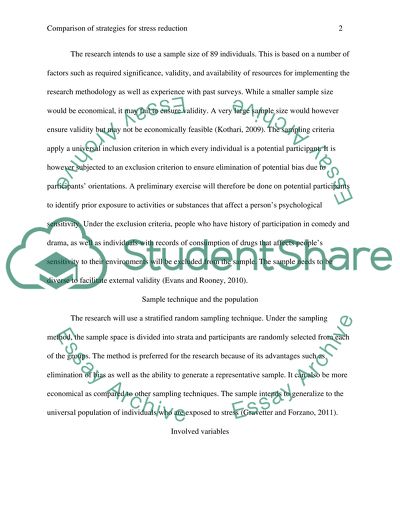Cite this document
(“Comparison of Strategies for Stress Reduction Essay”, n.d.)
Comparison of Strategies for Stress Reduction Essay. Retrieved from https://studentshare.org/psychology/1458815-comparison-of-strategies-for-stress-reduction
Comparison of Strategies for Stress Reduction Essay. Retrieved from https://studentshare.org/psychology/1458815-comparison-of-strategies-for-stress-reduction
(Comparison of Strategies for Stress Reduction Essay)
Comparison of Strategies for Stress Reduction Essay. https://studentshare.org/psychology/1458815-comparison-of-strategies-for-stress-reduction.
Comparison of Strategies for Stress Reduction Essay. https://studentshare.org/psychology/1458815-comparison-of-strategies-for-stress-reduction.
“Comparison of Strategies for Stress Reduction Essay”, n.d. https://studentshare.org/psychology/1458815-comparison-of-strategies-for-stress-reduction.


